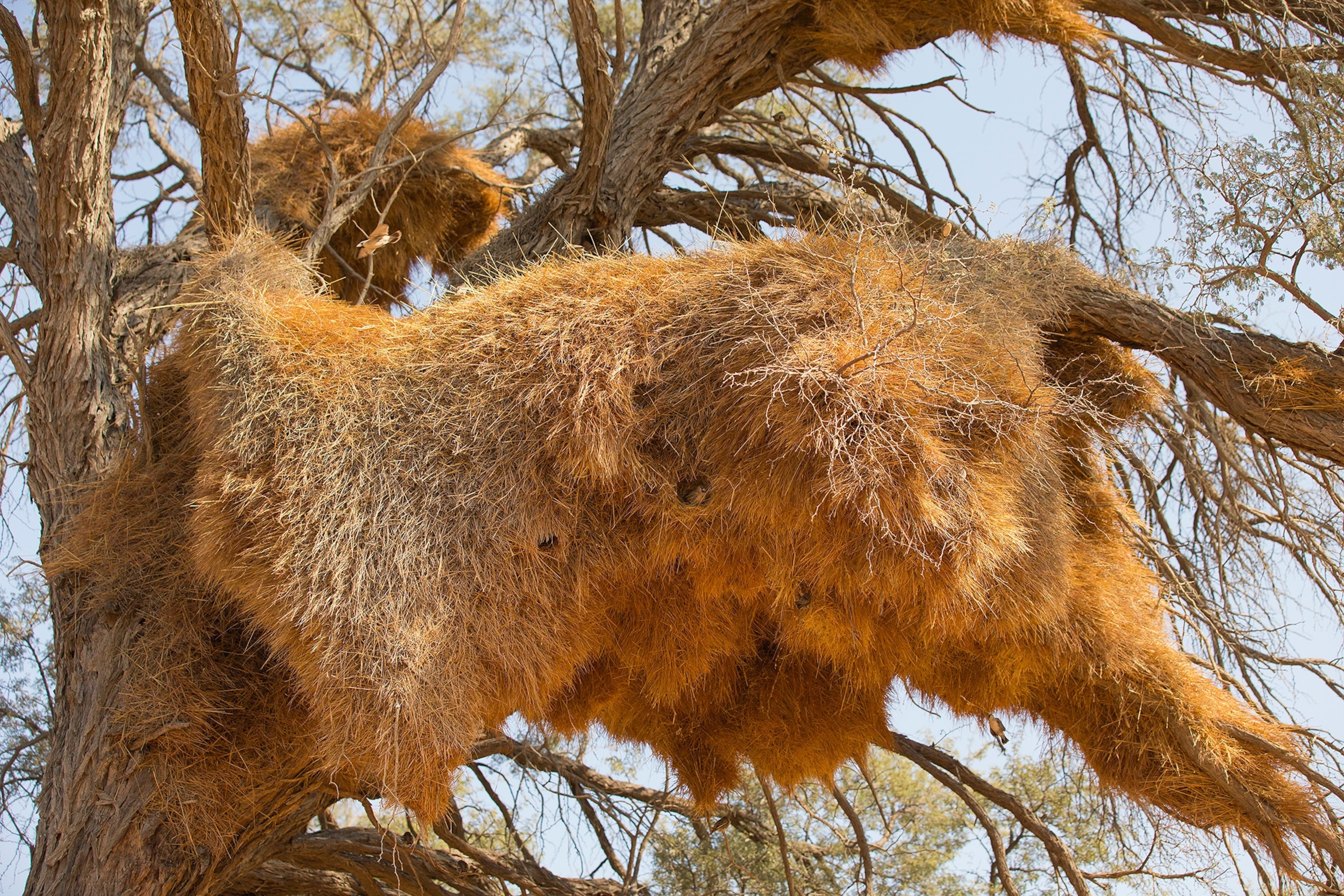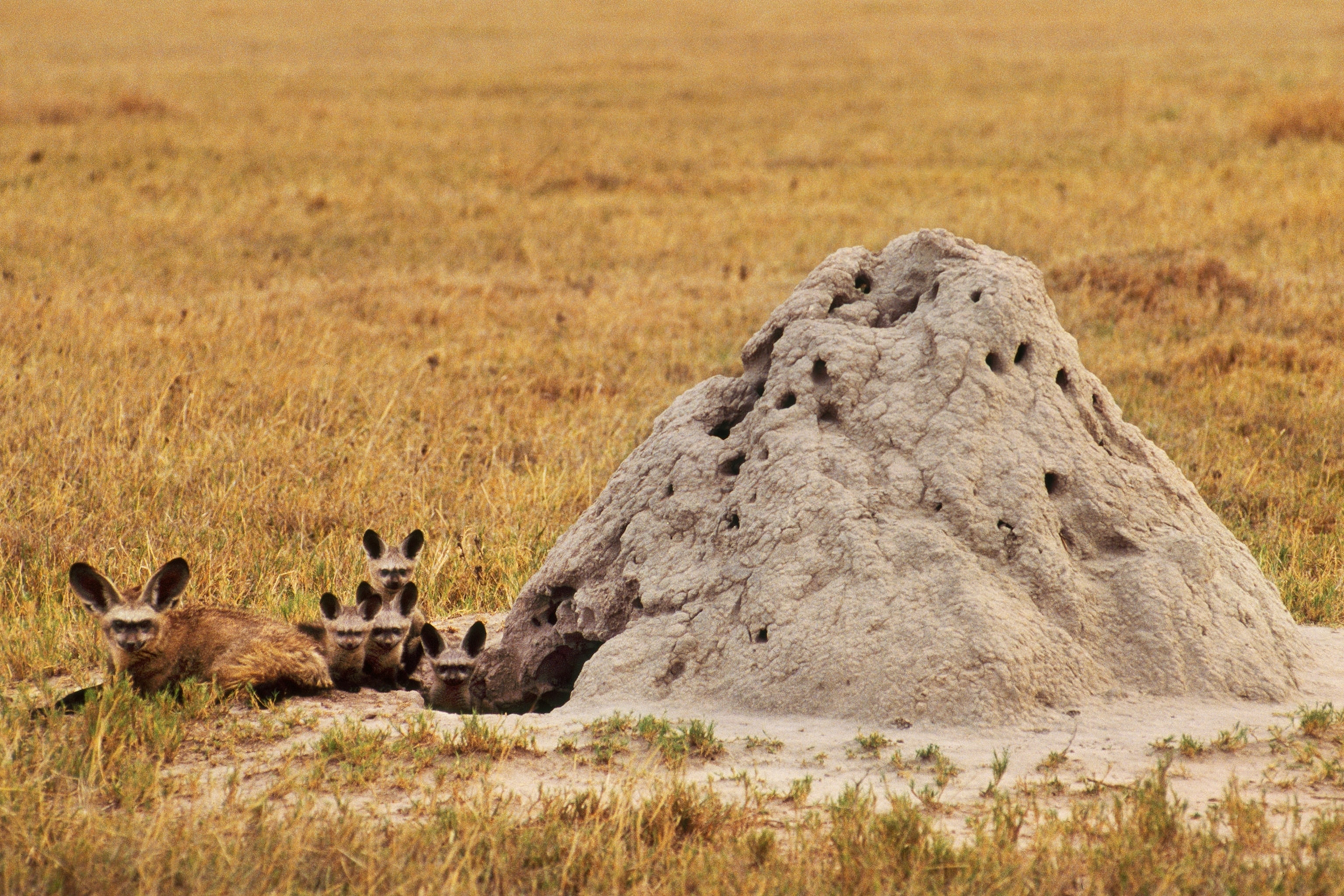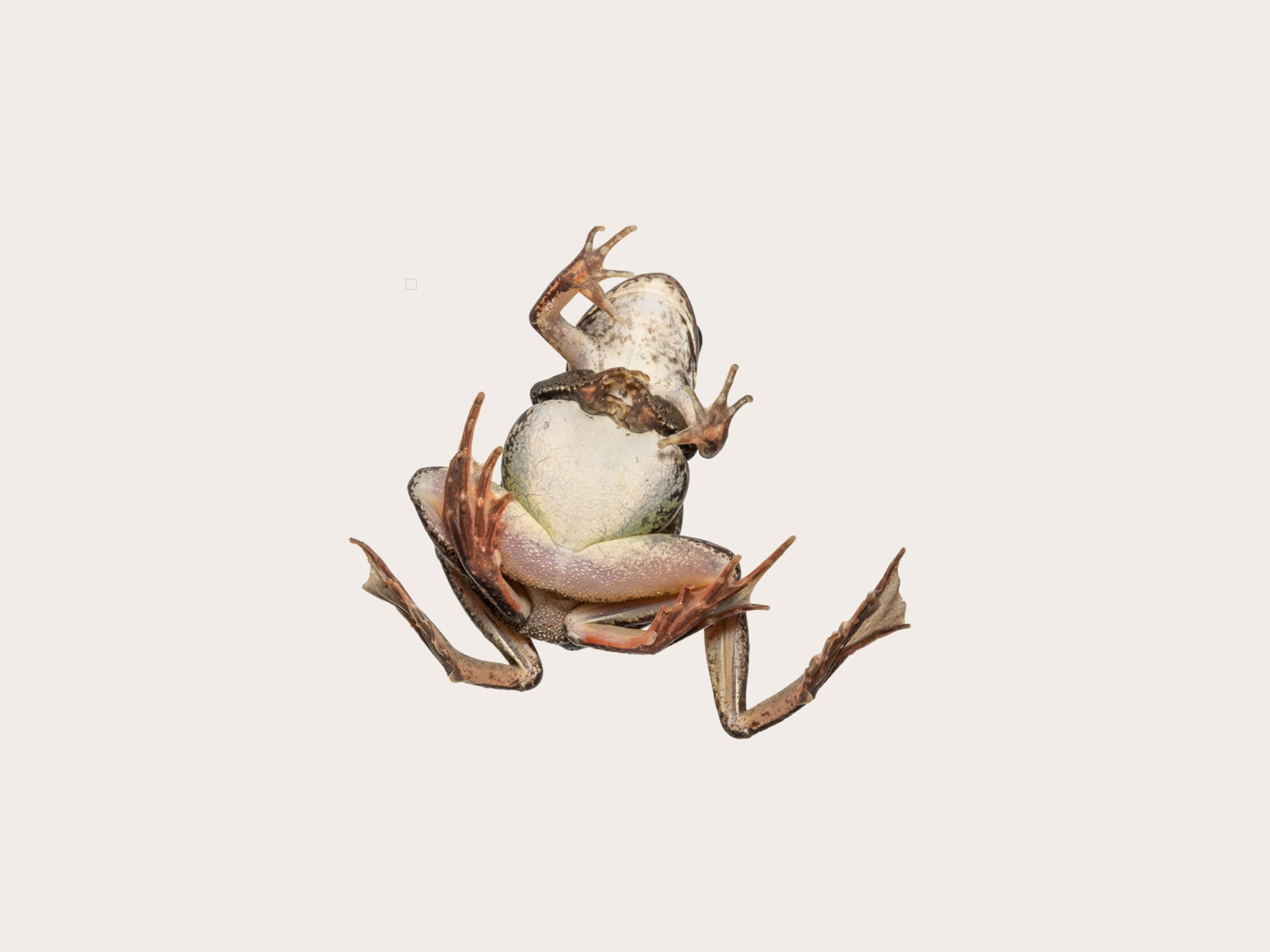Nothing in the wild goes to waste—not even a footprint.
It turns out that Asian elephant tracks serve as important as nurseries for frog eggs and tadpoles during the dry season in Myanmar, according to a study in the journal Mammalia published in print last month.
Some tracks didn’t hold much, “maybe soda can's worth of water,” says co-author David Bickford, a biologist at the University of LaVerne, in California, via email. Sometimes, though, multiple tracks were “laid together in 'strips,' hence became more attractive for the females to lay eggs in.”
In addition to being breeding grounds, elephant-footprint pools are also refuges for adult frogs, Bickford says, and they help link fragmented frog habitats together, which is important for maintaining genetic diversity in the population. Co-author Thomas Rainwater of Clemson University also notes that the tracks are good habitat because there are few, if any, predators present.
Providing pools of water for frogs when other water is scarce is just one of the ways elephants engineer ecosystems. They turn forests into grasslands by pulling up trees to eat the tops, disperse seeds of the biggest trees that helps remove carbon dioxide from the atmosphere, among other things, and studies have shown that in areas where elephants change the ecosystem, species biodiversity is greater.
Many animals provide the essential service of creating habitat and housing for other species that might not be able to do it for themselves. Some of these homes would be skyscrapers or luxury condos in the human world. Here are some other animals that unwittingly provide homes for their neighbors.
Woodpeckers
The nesting cavities drilled into trees or even utility poles by this industrious bird are used as shelter by many other birds and mammals who can’t do the work themselves. (Related: Why woodpeckers don’t get headaches)
A 2002 study from the U.S. Forest Service found that at least 20 species are known to use pileated woodpecker nesting sites in the Pacific Northwest, including big brown bats, ringtail cats, and the northern flying squirrel.
Because of the shelters they create for so many other species, “many woodpeckers are considered ‘keystone’ species within their community,” said Walter Koenig, an ornithologist at Cornell University, by email. A keystone species is one that has a disproportionately large impact on its habitat and fills a niche that holds the ecosystem together.
Gopher tortoise
Another keystone species is the gopher tortoise of Florida, southern Georgia, and Alabama. Their burrows are massive— as big as 23 feet deep and 52 feet long, according to the U.S. Fish and Wildlife Service. They share their burrows—which maintain a steady temperature and humidity despite above-ground conditions—with as many as 360 other species, including armadillos, pygmy owls, foxes, frogs and snakes.
Sociable weaver birds

These tiny birds of southern Africa’s Kalahari region build bird condos high in hospitable trees to stay away from predators, according to the San Diego Zoo. From the outside it looks like a fluffy treehouse, but inside there can be up to 100 families. Smaller birds such as rosy-faced lovebirds and familiar chats may room alongside them in this avian mansion, while vultures or eagles may roost on the roof. (Read about five other animals that are awesome architects)
Termites
Some termites build termite mounds—insect skyscrapers with conical spires up to three feet high. Often they’ll share these grand structures with other species. (Learn more: How do termites build their huge structures?)
Reptiles in particular, including snakes, skinks, and geckos, will take shelter in termite mounds, according to a 2013 report on termite mounds in the Barrow Islands, off the coast of Australia. The mounds are also good incubators for reptile eggs.

Marsupials such as the common planigale, which looks similar to a mouse, and golden bandicoot, which looks more like a rat, also may move in.
And all of these species are insectivores, happy to feed on the creatures that provide them shelter.
J. Scott Turner, a biologist at the State University of New York’s College of Environmental Science and Forestry, says by email that monitor lizards of sub-Saharan Africa will incubate their eggs in termite mounds while scorpions in South Africa will dig under the mounds, “presumably for the thermal benefits that will accrue.”
In both cases the termites way of protecting themselves “is simply to wall off the nest with new building.”
It never hurts to be handy.






